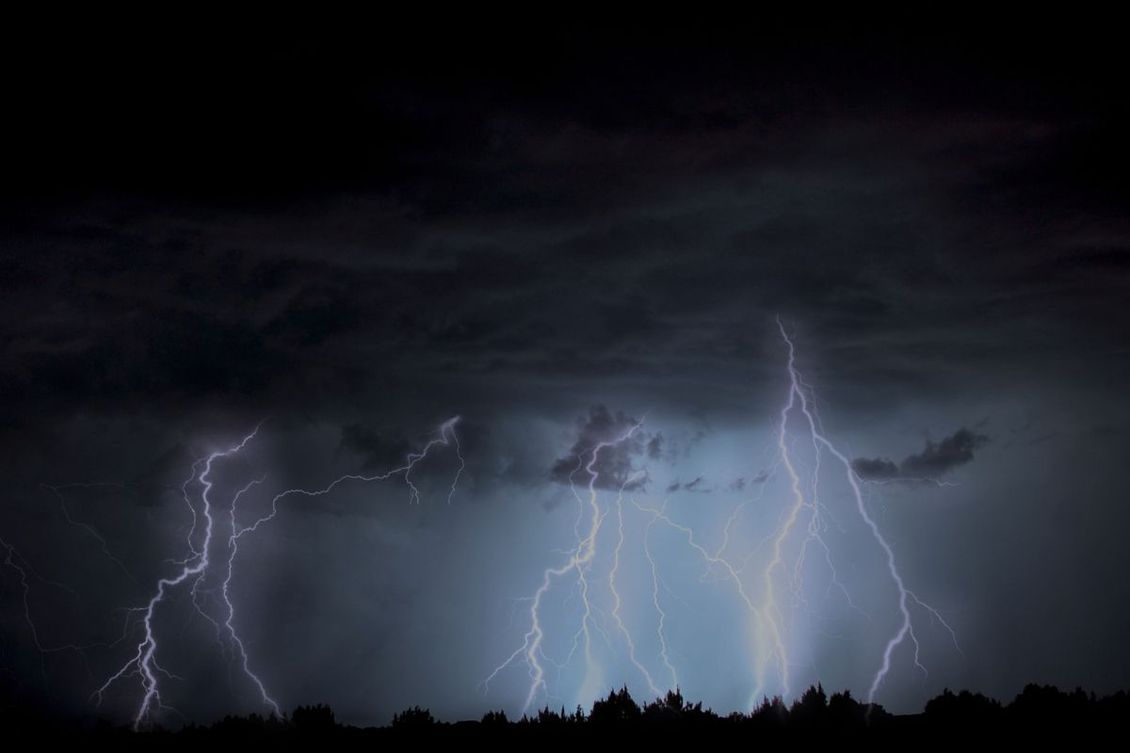
Have you heard of atmospheric rivers? They’re long, narrow regions in the atmosphere that carry water vapour from the tropics to higher altitude land.
They cause a lot of problems. But now, some farmers in the US are putting them to good use – by reviving an old irrigation practice.
The average atmospheric river (AR) carries roughly the same amount of water as the average flow at the mouth of the Mississippi River in the US. And unusually strong atmospheric rivers can transport as much as 15X that amount.
When they make landfall, they often release all of that water vapour in the form of rain and snow.
ARs have been in the news a lot lately in the US. Wired reported that atmospheric rivers are getting worse, so California’s state flood control system is struggling to manage the frequency and intensity of storms. According to the Guardian, AR storms have already doused California with 30tn gallons of water this winter, buried high-altitude towns in snow, and caused widespread flooding.
One report explored how ARs have been devastating crops, and Reuters explained that they’re ‘battering the state’.
But farmers have been taking matters into their own hands: by reviving an old practice. They’re catching the water from ARs to deliberately flood their fields.
California has a complex relationship with water. As a result of a series of very dry years, ARs flood the surface and yet the lack of groundwater is at crisis level.
54 counties in the state currently have USDA disaster designations and 715,800 residents live in areas of drought.
The balance is broken.
Flood irrigation was once a practice employed by most farmers in California – and it’s still widely used around the world. But Californian farmers had shifted to drip irrigation to provide moisture to their crops but save large volumes of water.
Now, farmers are reinstating managed groundwater recharge practices.
As pistachio farmer Michael Naito told Civil Eats, “it’s kind of a deep irrigation.” Like his peers, he’s been flooding 250 acres of his farm, opening water valves to fill the fields up like a bathtub. The water sinks and travels deeper underground, into the aquifer – where it stays for much longer than water that’s drip-fed to growing crops.
Essentially, it’s a process that makes use of surplus water from ARs to combat the low groundwater crisis.
This shift is led by farmers. They’re suffering from the consequences of climate change and they’re doing something about it. And they’re also taking this action in response to pressure from agricultural regulation – specifically, a new law that demands groundwater basins are brought back into balance by 2042.
Balance means the same amount of groundwater must be returned to the aquifer as gets taken out each year.
The state has started to recognise the positive impact of managed groundwater recharge – calling for the practice to expand by 500,000 acre-feet every year, because it’s “one of the fastest, most economical, and widely available ways to harness the bounty of wet years.”
We’re talking about it because it shows that the people who grow food can play a key role in managing the effects of climate change. Farming doesn’t have to be only bad for the environment. There are farming practices that can not only support crop growth, but also help to combat wider climate crises.
Collaboration between agriculture and government bodies is crucial. Because where there’s communication and understanding, solutions can grow.
InFlavour is all about creating a space for every piece of the F&B industry to get together, share experiences, and create a better food future. See you there.
Take your seat at the InFlavour table, a government-backed and world-leading B2B food event by Tahaluf.
E-mail address SubmitWant to keep up to date with all our latest news and information? Enter your name below to be added to our mailing list.
E-mail address Submit